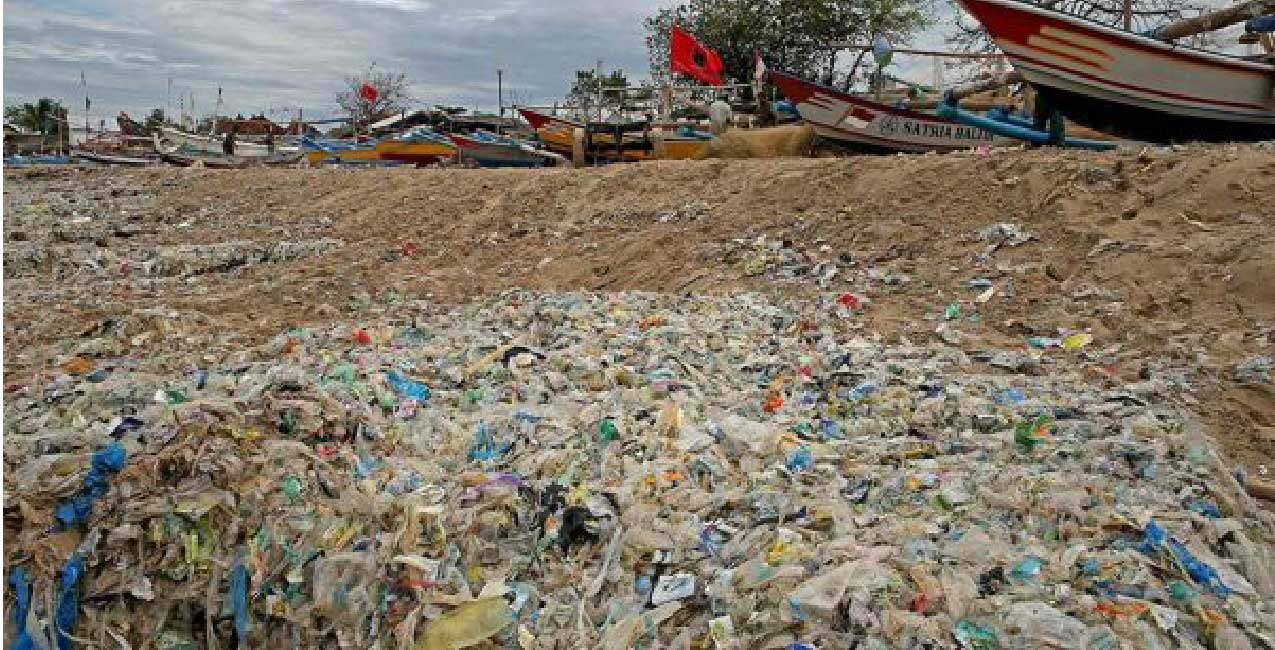- Empty cart.
- Continue Shopping
Bali declares ‘garbage emergency’ amid sea of waste

KUTA (INDONESIA): Bali‘s palm–fringed Kuta beach has long been a favourite with tourists seeking sun and surf, but nowadays its golden shoreline is disappearing under a mountain of garbage.
Plastic straws and food packaging are strewn between sunbathers, while surfers bobbing behind the waves dodge waste flushed out from rivers or brought in by swirling currents.
The waves of plastic flooding into rivers and oceans have been causing problems for years — clogging waterways in cities, increasing the risk of floods, and injuring or killing marine animals who ingest or become trapped by plastic packaging.
“When I want to swim, it is not really nice. I see a lot of garbage here every day, every time,” Austrian traveler Vanessa Moonshine explains.
“It‘s always coming from the ocean. It‘s really horrible,” she adds.
Bali’s beautiful island was once rightly called a paradise on earth, now it has become and embarrassing reminder of massive trash problem Indonesia faces.
The archipelago of more than 17,000 islands is only second to China in producing marine debris and is estimated to produce a colossal 1.29 million metric tons every single year by Indonesia.
The problem has grown so bad that officials in Bali last month declared a “garbage emergency” across a six–kilometre (3.7-mile) stretch of coast that included popular beaches Jimbaran, Kuta and Seminyak.
Officials deployed 700 cleaners and 35 trucks to remove roughly 100 tons of debris each day to a nearby landfill.
For more information click here:
[shortcode id=”24297″]






